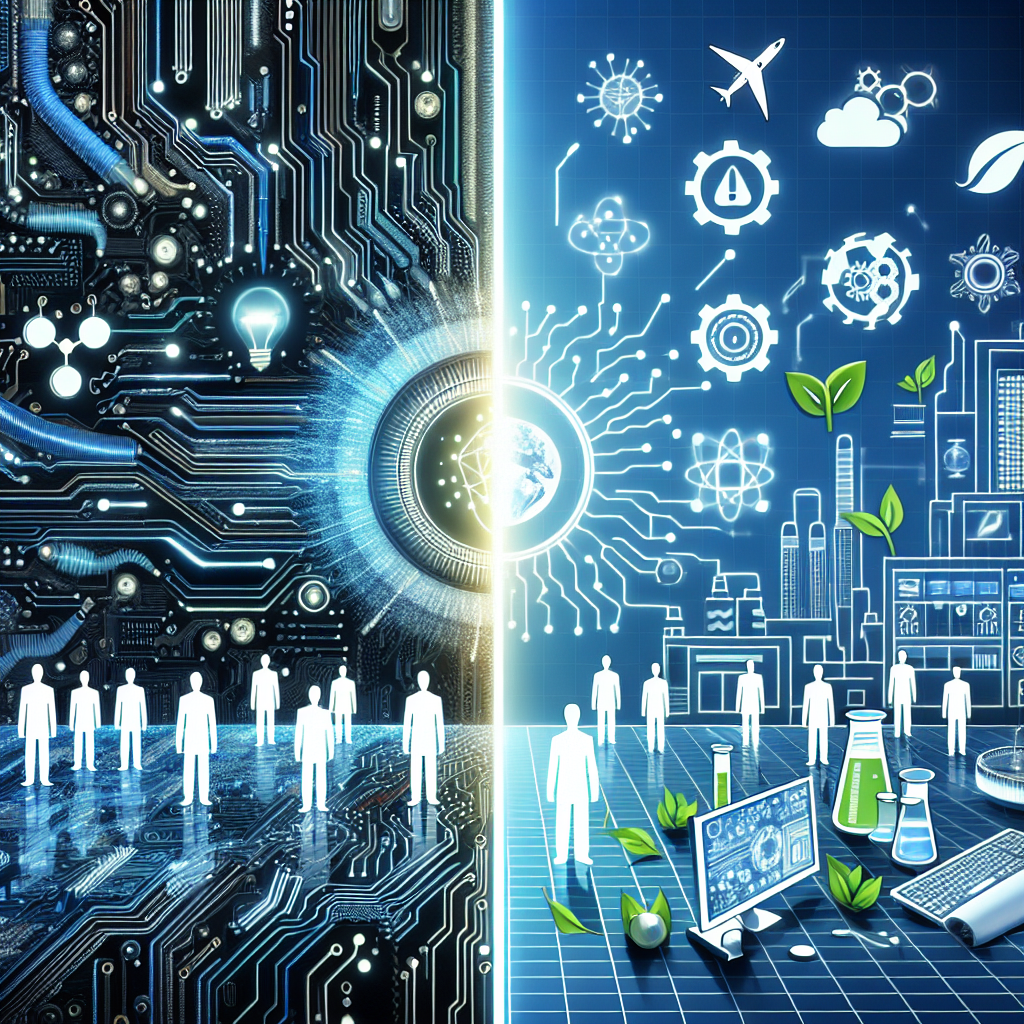Solving AI’s Energy Crisis Efficiently
In 1965, Intel co-founder Gordon Moore predicted that the number of transistors on microchips would double every two years, laying the foundation for explosive growth in computing power. Nearly 60 years later, as artificial intelligence systems push the limits of computational capacity, Moore’s Law is colliding with a new foe: energy consumption. Headlines warn of AI consuming as much electricity as small countries, triggering eco-panic and policy debates. But behind these dramatic forecasts lies a more optimistic truth—solving AI’s energy crisis efficiently may already be within reach.
The Skyrocketing Demand for Energy in AI
Generative AI models like GPT-4, DALL·E, and others require massive computing resources. These models are trained on billions of parameters, demanding not just advanced hardware but copious amounts of electricity. One widely cited statistic warns that by 2030, AI could account for up to 3.5% of global electricity usage—the current equivalent of adding another small nation’s energy consumption.
However, experts caution that this narrative often ignores the pace of innovation in both hardware and software optimization. While demand is rising, so is energy efficiency. This evolution offers a more balanced and hopeful outlook for managing AI-related energy concerns.
Scientists and Engineers Are Staying Ahead
Contrary to apocalyptic headlines, scientists are already developing technologies that dramatically reduce the energy footprint of AI systems. These innovations span multiple disciplines:
- Specialized AI Chips: Purpose-built chips like Google’s TPU and Apple’s Neural Engine perform AI tasks faster and with lower power than traditional CPUs or GPUs.
- Software Optimization: Pruning, quantization, and other techniques help reduce the size and complexity of large language models without significantly compromising their performance.
- Data Center Efficiency: Modern cloud providers are building greener data centers, many powered by renewable energy sources and designed with heat reuse systems.
- Neuromorphic Computing: Inspired by the brain’s own architecture, neuromorphic chips promise an entirely new class of ultra-efficient AI computation.
The Myth of the AI Energy Doomsday
Many alarming predictions fail to account for historical trends in technological adaptation. The ICT (information and communications technology) sector has long managed to grow while increasing efficiency—a phenomenon known as the “rebound effect.” As innovation continues, energy use per AI operation is declining, even if overall usage increases due to demand.
Moreover, AI applications themselves can help mitigate energy waste. Smart grids, predictive maintenance in manufacturing, and AI-optimized logistics all contribute to a more energy-efficient global economy.
Moving Beyond the Hype
Policymakers and leaders should weigh real scientific data over attention-grabbing headlines. While it’s true that unchecked AI expansion could strain energy resources, frameworks already exist to steer its growth sustainably. The solution lies not in halting progress but in embracing smarter design and development techniques.
For a deeper dive into how researchers are addressing AI’s energy demands, you can read the original article on The Telegraph.
Conclusion: An Efficient Future Is Achievable
Solving AI’s energy crisis efficiently is not a lofty dream—it’s a practical objective grounded in ongoing advancements. With focused investment, transparent reporting, and commitment to sustainability, the AI revolution can progress without lighting up unnecessary kilowatts. The future of artificial intelligence doesn’t demand environmental sacrifice—it calls for calculated, innovative efficiency.

